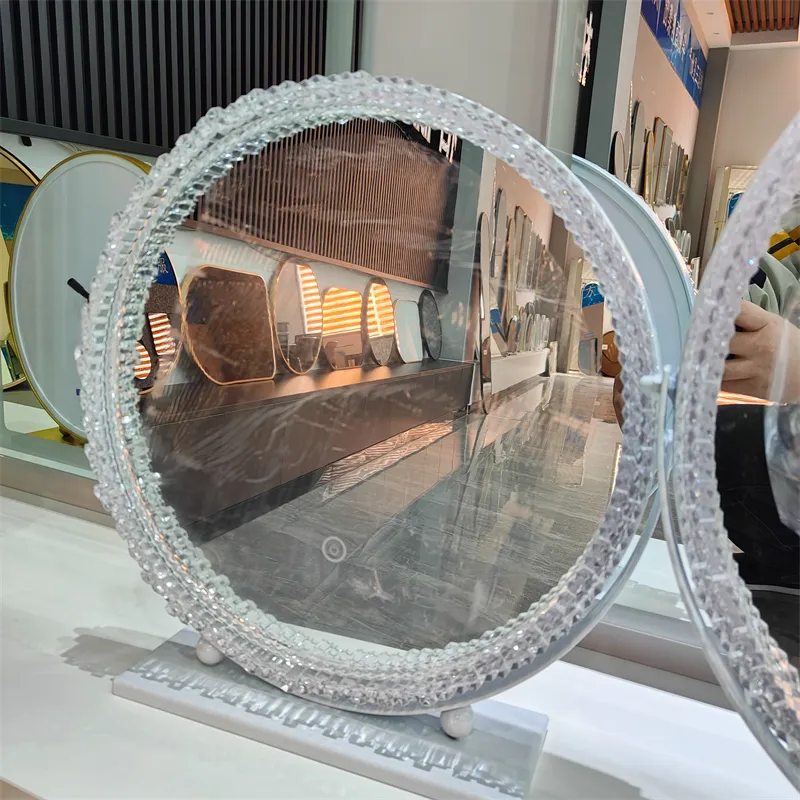Sep . 29, 2024 02:53 Back to list
Benefits of Low Emissivity Glazing for Energy Efficiency and Comfort
Low Emissivity Glazing Enhancing Energy Efficiency in Modern Architecture
In the quest for energy efficiency and sustainable building practices, low emissivity (low-E) glazing has emerged as a pivotal technology in modern architecture. This innovative glass technology is designed to minimize the amount of infrared and ultraviolet light that passes through it without compromising the natural light entering a building. The primary advantage of low-E glazing lies in its ability to improve energy performance, making it a preferred choice for environmentally conscious builders and homeowners.
Low Emissivity Glazing Enhancing Energy Efficiency in Modern Architecture
In colder climates, low-E glazing prevents heat loss, maintaining warmth inside the home. In contrast, in warmer regions, it reflects sunlight, reducing the need for air conditioning. The versatility of low-E glass makes it suitable for various architectural applications, from residential homes to commercial buildings. Additionally, the technology contributes to meeting sustainability standards and green building certifications, making it favorable in the landscape of eco-friendly construction.
low emissivity glazing

Moreover, low-E glazing offers benefits beyond energy efficiency. It also helps to reduce glare and protect interior furnishings from fading due to UV exposure. This added layer of protection helps maintain the aesthetic appeal of spaces, prolonging the life of carpets, artwork, and furniture.
The market for low-E glazing continues to expand as consumers become more aware of the importance of energy efficiency and environmental impact. With advancements in technology, manufacturers are developing even more effective low-E coatings that offer improved performance and affordability. As the construction industry adapts to changing regulations and increasing demand for sustainable solutions, low-E glazing stands out as a smart investment that aligns both economic and environmental goals.
In conclusion, low emissivity glazing represents a significant advancement in building materials, enhancing energy efficiency while providing comfort and aesthetic benefits. Its continued adoption in architecture will play a crucial role in creating sustainable, energy-efficient environments for the future. As we strive for greener living, low-E glazing is not just an option but a necessity in modern building design.
-
Safety and Style with Premium Laminated Glass Solutions
NewsJun.24,2025
-
Reinvents Security with Premium Wired Glass
NewsJun.24,2025
-
Premium Float Glass Line for Modern Architecture
NewsJun.24,2025
-
Low Emissivity Glass for Energy-Efficient Architecture
NewsJun.24,2025
-
High-Performance Insulated Glass Solutions for Modern Architecture
NewsJun.24,2025
-
Elevates Interior Style with Premium Silver Mirror
NewsJun.24,2025
Related PRODUCTS














